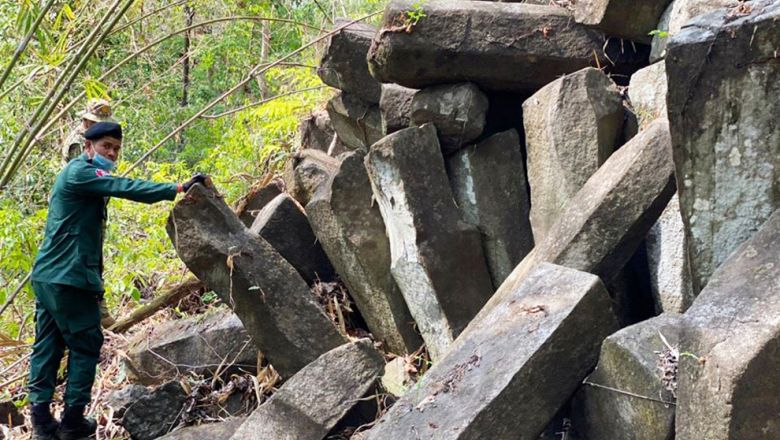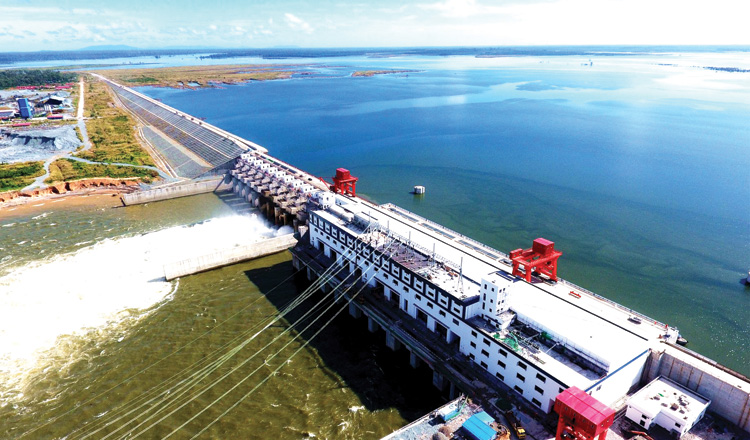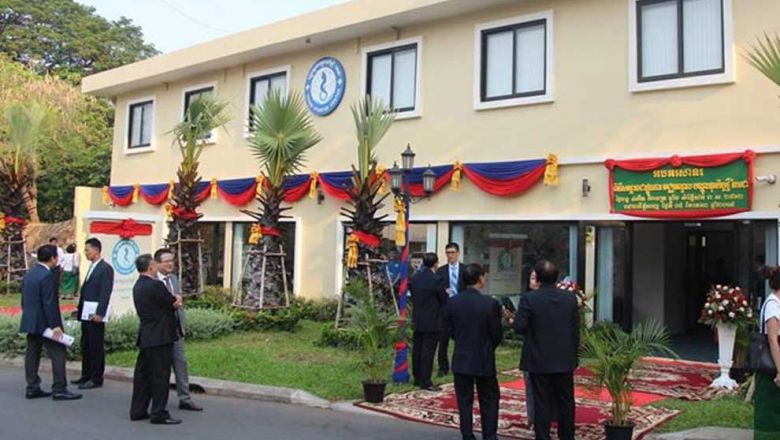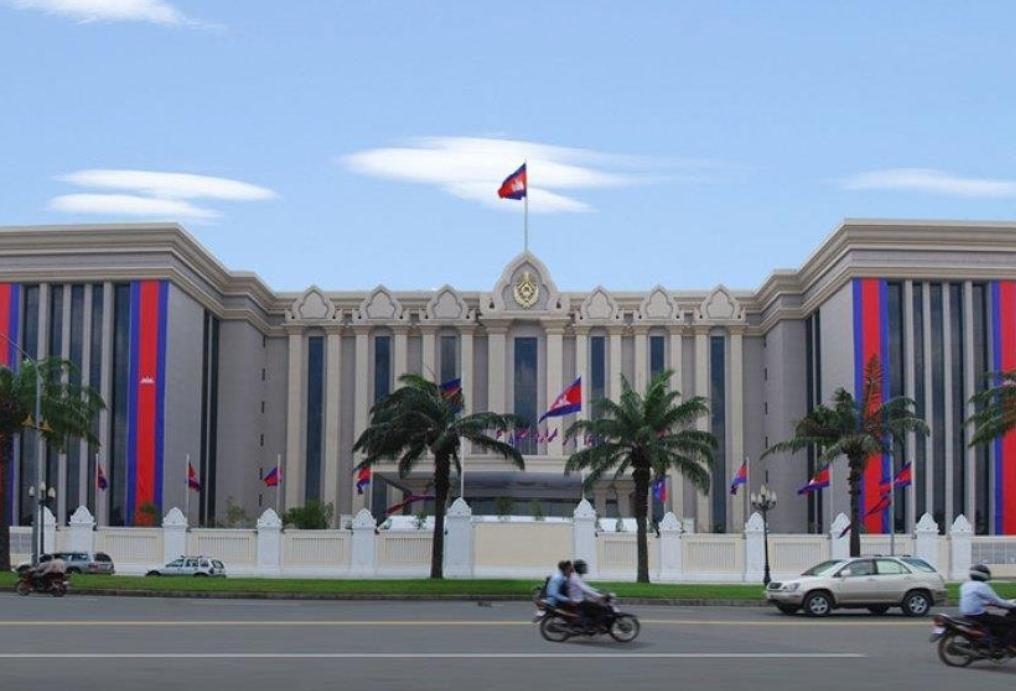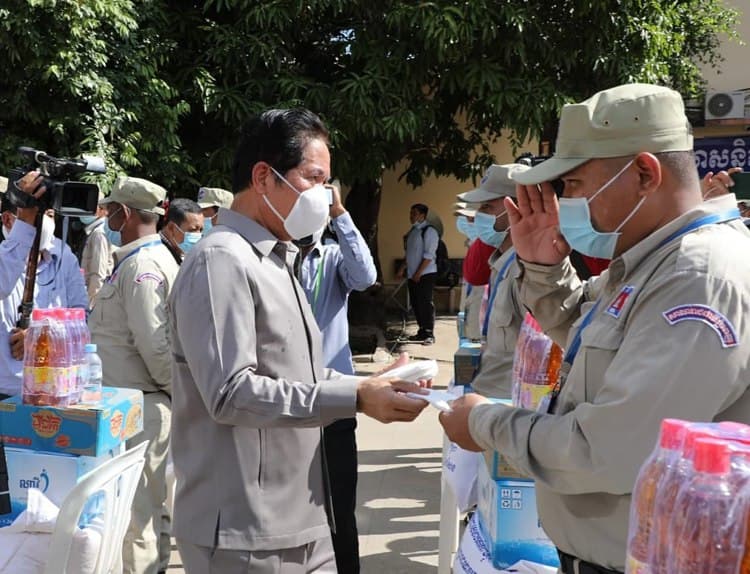Hundreds of rare stone pillars found in Mondulkiri sanctuary
Hundreds of stone pillars have been found in the Keo Seima Wildlife Sanctuary in Sen Monorom commune, O’Raing district, Mondulkiri province, and authorities said they were formed by volcanic lava millions of years ago.
Mondulkiri provincial environment department director Keo Sopheak said on Monday that the stones were inspected by officers of the Ministry of Environment a week ago.
The stone pillars found in of Keo Seima Wildlife Sanctuary are similar to those found in January at the Nam Lea Wildlife Sanctuary in Bou Sra commune, Pech Chreada district.
The Department of Heritage of the Ministry of Environment estimated that the stones date back millions of years.
The location of the stone pillars in the main area of the Wildlife Sanctuary cannot be entered by citizens, said Sopheak. These stones have different lengths from 1-3m. Some pillars are still under the ground while some surfaced after the rain.
An ethnic minority group in Bou Sra found the location of the stone pillars 10km from houses and 40m from the Vietnamese border. The ethnic minority group admitted that they tried to take out the pillars to sell in Vietnam.
The ministry sent officers to check the location of the stone pillars and has begun to study them to create a world heritage region named “Lammes” and develop eco-tourism in the future after finding many great trees there as well.
Prey Long activist Kroeung Tola said according to information he received, this type of stone is sought after in Vietnam and China. One pillar 40cm in width and three metres high can be sold for $2,000 to $4,000.
“There are Vietnamese and Chinese businessmen who desire this stone. I want the ministry to take serious measures to employ proper forest rangers and encourage communities not to cut down trees and protect the stones.”
Ministry of Environment spokesman Neth Pheaktra said the stone pillars are important for heritage. He said the ministry is still studying the location of the stones to prepare a development plan and organise eco-tourism.
“Those stones are valuable for studying history, biodiversity, and our heritage. In protected areas, there are not only natural minerals and biodiversity but also a heritage that we need to protect,” Pheaktra said
Credited: The Phnom Penh Post

